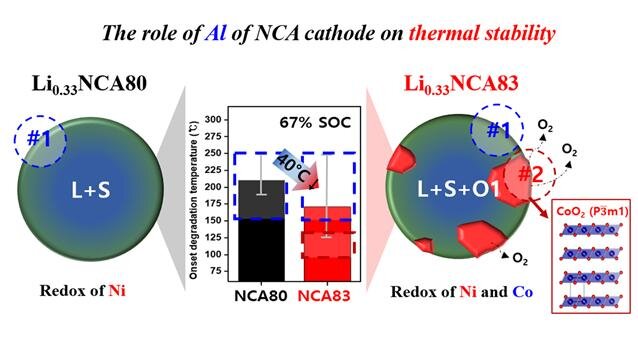#Coral reveals changes of Kuroshio current into South China Sea via Luzon Strait

Table of Contents
“Coral reveals changes of Kuroshio current into South China Sea via Luzon Strait”

The Kuroshio Current enters the South China Sea via the Luzon Strait and exerts significant effects on circulation and water mass properties of this marine basin. However, limited by the few on-site observations, multi-decadal variations in Luzon Strait Transport remain uncertain.
Recently, a research team led by Prof. Hu Dunxin and Prof. Sun Weidong from the Institute of Oceanology of the Chinese Academy of Sciences (IOCAS) and their collaborators used coral isotopic proxy from Xiaoliuqiu Island along the Kuroshio intrusion route to reconstruct Luzon Strait Transport and investigated its interannual and decadal variability.
The study was published in Palaeogeography, Palaeoclimatology, Palaeoecology on Feb. 18.
Stable δ13C values of coral can record the δ13C variations of dissolved inorganic carbon in seawater. Coral δ18O values are controlled by both sea surface temperature and local seawater δ18O values, the latter of which is related to the hydrological balance (i.e., precipitation minus evaporation and ocean advection) and sea surface salinity.
The δ13C values of dissolved inorganic carbon and temperature of the South China Sea subsurface seawater are much lower than those of surface seawater, whereas the salinity is higher than that of the surface seawater.
The researchers found that increased (reduced) Luzon Strait Transport was expected to generate strong (weak) upwelling, resulting in low (high) δ13C values of dissolved inorganic carbon and sea surface temperature, and high (low) sea surface salinity, as recorded in the coral.
They reconstructed the interannual variability in the upper and surface layers of Luzon Strait Transport during 1977–2003 using the coral δ18O record. Coral δ18O data indicated that Luzon Strait Transport has weakened since the 1970s.
The change of Luzon Strait Transport was associated with the northward (southward) migration of the North Equatorial Current bifurcation latitude: a northward (southward) shift of the North Equatorial Current bifurcation latitude weakened (strengthened) upstream Kuroshio transport, favoring an increase (decrease) in the Kuroshio intrusion.
“The information recorded by coral provides an opportunity to study ocean current in the case that historical records are lacking,” said Li Xiaohua, first author of the study.
Xiaohua Li et al, A monthly resolved coral δ13C and δ18O record of changes in the Kuroshio Current into the South China Sea via the Luzon Strait, Palaeogeography, Palaeoclimatology, Palaeoecology (2023). DOI: 10.1016/j.palaeo.2023.111468
Citation:
Coral reveals changes of Kuroshio current into South China Sea via Luzon Strait (2023, February 28)
retrieved 28 February 2023
from https://phys.org/news/2023-02-coral-reveals-kuroshio-current-south.html
This document is subject to copyright. Apart from any fair dealing for the purpose of private study or research, no
part may be reproduced without the written permission. The content is provided for information purposes only.
If you liked the article, do not forget to share it with your friends. Follow us on Google News too, click on the star and choose us from your favorites.
For forums sites go to Forum.BuradaBiliyorum.Com
If you want to read more Like this articles, you can visit our Science category.

